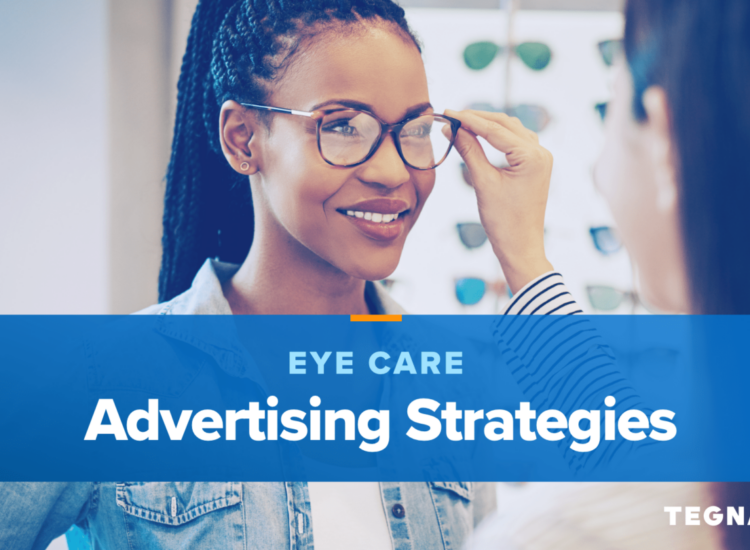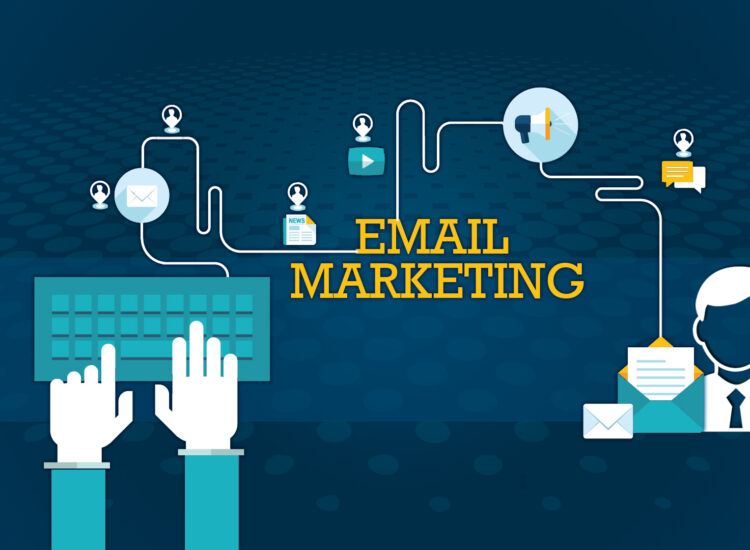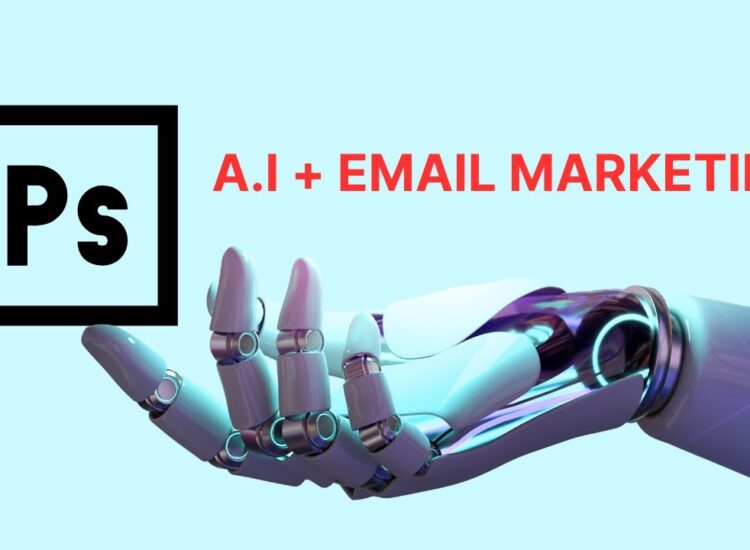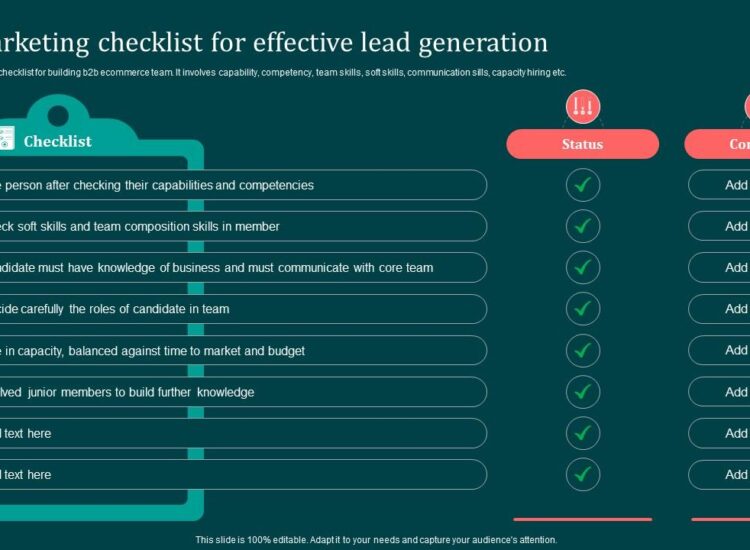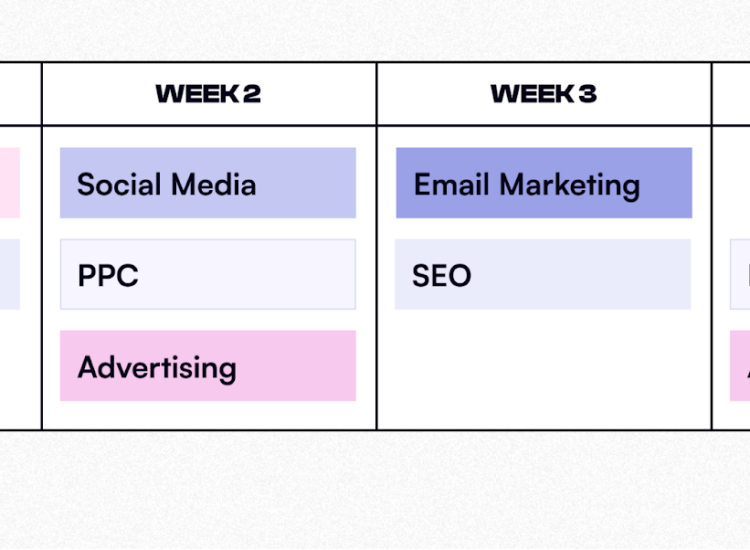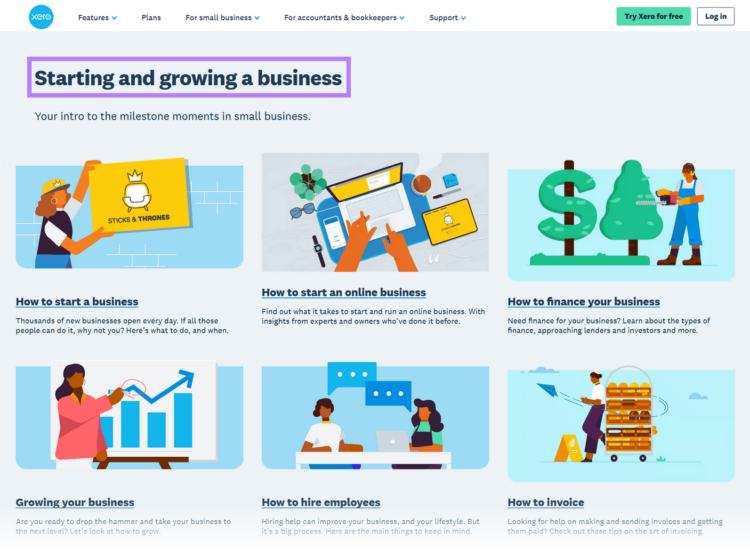In the digital age, a website is often the cornerstone of a business or personal brand. But building a great website is only half the battle; the other, equally crucial half, is getting people to visit it. If you’ve ever found yourself asking, “How can I increase my website traffic?”, you’re not alone. It’s a challenge faced by businesses of all sizes, from startups to established enterprises.
Toc
- 1. Why Website Traffic Matters
- 2. Search Engine Optimization (SEO): The Foundation of Organic Traffic
- 3. Related articles 01:
- 4. Content Marketing: Create Valuable & Shareable Content
- 5. Social Media Marketing: Engage and Drive Traffic
- 6. Paid Advertising: Get Instant Visibility
- 7. Related articles 02:
- 8. Link Building (Beyond Basic SEO): Earn Credibility
- 9. Consistency and a Multi-Channel Approach
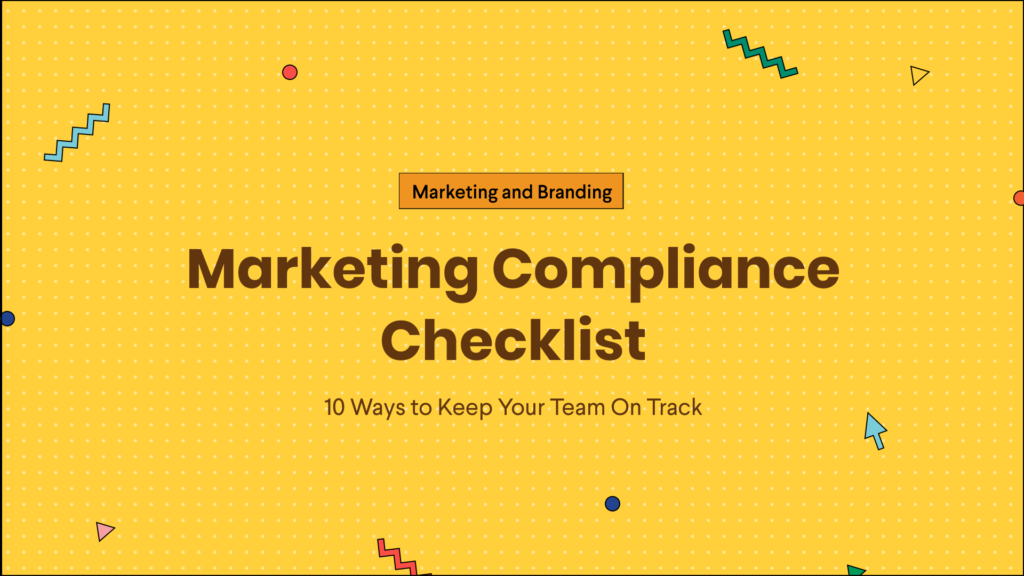
Why Website Traffic Matters
Before we explore how to increase traffic, let’s quickly touch upon why it’s so important. More website traffic means:
- Increased Brand Awareness: More people seeing your brand and what you offer.
- More Leads and Conversions: Higher traffic increases the potential pool of customers or clients.
- Improved SEO Ranking (Indirectly): Higher traffic, especially coupled with good user engagement metrics (like time on site and low bounce rate), can signal to search engines that your site is valuable, potentially improving your search rankings over time.
- Gathering Data: More visitors provide more data for analysis (via tools like Google Analytics), helping you understand your audience, their behavior, and what works (or doesn’t) on your site.
- Monetization Opportunities: For bloggers and publishers, higher traffic directly translates to increased advertising revenue or affiliate marketing potential.
Now, let’s get to the core question: How to increase website traffic effectively?
Search Engine Optimization (SEO): The Foundation of Organic Traffic
SEO is arguably the most critical long-term strategy for driving sustainable, high-quality traffic. It involves optimizing your website to rank higher in search engine results pages (SERPs) like Google, Bing, and DuckDuckGo. Organic traffic (visitors who find you through search engines) is often the most valuable because users are actively searching for information, products, or services you provide.
SEO can be broken down into a few key pillars:
3. https://duocphamvietduc.com.vn/mmoga-how-to-use-ai-in-marketing-a-comprehensive-guide-for-2025/
5. https://duocphamvietduc.com.vn/mmoga-effective-link-building-strategies-to-boost-your-seo-in-2025/
- Keyword Research: This is the starting point. You need to understand what words and phrases your target audience uses when searching for information related to your business. Use tools like Google Keyword Planner, Ahrefs, SEMrush, or even Google Suggest to find relevant keywords with a good search volume and manageable competition. Focus on a mix of broad terms and more specific, long-tail keywords (phrases of three or more words) which often have higher conversion rates.
- On-Page SEO: This involves optimizing the content and HTML source code of individual pages.
- Title Tags: Craft unique, compelling title tags for each page (under 60 characters) that include your primary keyword, preferably near the beginning.
- Meta Descriptions: Write persuasive meta descriptions (under 160 characters) that summarize the page’s content and encourage clicks from the SERPs. Include your keyword.
- Header Tags (H1, H2, H3, etc.): Use header tags to structure your content. Your H1 tag should be the main title of the page and contain your primary keyword. Use H2s and H3s for subheadings, incorporating related keywords where natural.
- Content Optimization: Create high-quality, in-depth, and relevant content that naturally incorporates your target keywords and related terms. Ensure the content is valuable and answers user intent.
- Image Alt Text: Use descriptive alt text for all images, including relevant keywords where appropriate. This helps search engines understand your images and improves accessibility.
- URL Structure: Create clean, readable URLs that include keywords.
- Technical SEO: This ensures search engines can easily crawl, index, and understand your site.
- Site Speed: Optimize your website’s loading speed. Users and search engines prefer fast sites. Tools like Google PageSpeed Insights can help you identify issues.
- Mobile-Friendliness: Ensure your website is fully responsive and provides an excellent user experience on all devices (smartphones, tablets, desktops). Google prioritizes mobile-friendly sites.
- XML Sitemaps: Submit an XML sitemap to search engines (via Google Search Console and Bing Webmaster Tools) to help them discover all your important pages.
- Robots.txt: Use a robots.txt file to guide search engine crawlers and prevent them from accessing pages you don’t want indexed.
- SSL Certificate (HTTPS): Secure your website with an SSL certificate. HTTPS is a ranking factor and builds user trust.
- Structured Data (Schema Markup): Implement schema markup to provide search engines with more context about your content (e.g., product information, reviews, recipes). This can lead to rich snippets in SERPs.
- Off-Page SEO: This refers to activities done off your website to improve its authority and reputation. The most significant factor here is backlinks.
- Backlinks: These are links from other websites pointing to yours. They act as votes of confidence for your site. Focus on earning high-quality backlinks from reputable, relevant websites. Avoid buying links or participating in link schemes. Strategies include guest blogging, broken link building, skyscraper technique, and creating shareable content.
Implementing a robust SEO strategy is a long-term investment, but the organic traffic it generates is often the most sustainable and highest-converting.
Content Marketing: Create Valuable & Shareable Content
Content is king, and creating high-quality, relevant, and engaging content is a powerful way to attract visitors. Content marketing isn’t just about writing blog posts; it encompasses various formats designed to inform, entertain, or solve problems for your target audience.
- Start a Blog: Regularly publishing blog posts on topics relevant to your niche is one of the most effective content marketing strategies. Blog posts allow you to target a wide range of keywords, establish your expertise, and provide value to your audience. Aim for detailed, long-form content (1000+ words) when appropriate, as it tends to rank better and provide more value.
- Diversify Content Formats: Don’t limit yourself to just text. Consider creating:
- Videos: Tutorials, interviews, product demos, vlogs. YouTube is a massive search engine itself.
- Infographics: Visually appealing summaries of data or complex topics that are highly shareable.
- Podcasts: Audio content that can reach an audience on the go.
- Webinars & Live Streams: Interactive sessions that provide deep value and build community.
- Ebooks & Guides: Offer downloadable resources in exchange for email sign-ups (great for lead generation and email marketing).
- Case Studies: Showcase your success stories and demonstrate value.
- Focus on Quality and Value: Your content should be well-researched, accurate, engaging, and genuinely helpful to your audience. Answer their questions, solve their problems, and provide unique insights.
- Develop a Content Calendar: Plan your content creation and publishing schedule to maintain consistency and ensure you’re covering relevant topics.
- Promote Your Content: Simply publishing isn’t enough. Share your content on social media, via email, and reach out to influencers or websites that might be interested in linking to it.
Valuable content attracts visitors, keeps them engaged, encourages sharing, and builds authority, all of which contribute to increased website traffic.
Social media platforms are powerful channels for connecting with your audience, building brand awareness, and driving traffic to your website. Each platform has its own dynamics, so choose the ones where your target audience spends their time.
- Choose the Right Platforms: Are your customers on Facebook, Instagram, Twitter, LinkedIn, Pinterest, TikTok, or somewhere else? Focus your efforts on the platforms most relevant to your business and audience.
- Share Your Content: Regularly share your blog posts, videos, infographics, and other website content on your social media profiles. Use compelling captions and relevant hashtags.
- Engage Your Audience: Social media is a two-way street. Respond to comments, answer questions, participate in discussions, and run polls or contests. Building a community fosters loyalty and encourages visits.
- Use Visuals: Posts with images and videos tend to perform better. Create eye-catching graphics and short videos to grab attention.
- Run Social Media Contests and Giveaways: These can generate significant buzz, increase followers, and drive traffic to a specific landing page on your website.
- Utilize Social Media Advertising: Paid social ads (discussed later) can be highly effective for targeting specific demographics and interests and driving traffic directly to your site.
- Add Social Sharing Buttons: Make it easy for visitors to share your content from your website to their social networks.
Consistent, strategic social media activity can be a significant driver of website traffic.
Paid Advertising: Get Instant Visibility
While organic strategies build long-term traffic, paid advertising can provide an immediate boost in visibility and drive targeted traffic to your website.
- Search Engine Marketing (SEM) / Pay-Per-Click (PPC): Platforms like Google Ads allow you to bid on keywords so your ads appear at the top of search results. This is highly effective because you’re reaching users with high intent. You pay only when someone clicks on your ad.
- Social Media Advertising: Platforms like Facebook Ads, Instagram Ads, LinkedIn Ads, and Twitter Ads allow you to target users based on demographics, interests, and behaviors. This is great for brand awareness and driving traffic to landing pages.
- Display Advertising: Banner ads on websites within a display network (like the Google Display Network). Useful for remarketing (showing ads to people who have already visited your site) and building brand awareness.
- Native Advertising: Ads that blend in with the content of the platform they appear on (e.g., sponsored articles).
- Influencer Marketing: Paying influencers with a relevant audience to promote your website or products.
Paid advertising requires a budget, careful targeting, and continuous optimization to ensure a positive return on investment (ROI). It’s crucial to define your goals and target audience before launching campaigns.
3. https://duocphamvietduc.com.vn/mmoga-ai-in-digital-marketing-transform-your-strategy-in-2025/
4. https://duocphamvietduc.com.vn/mmoga-top-ai-marketing-tools-to-revolutionize-your-strategy-in-2025/
Link Building (Beyond Basic SEO): Earn Credibility
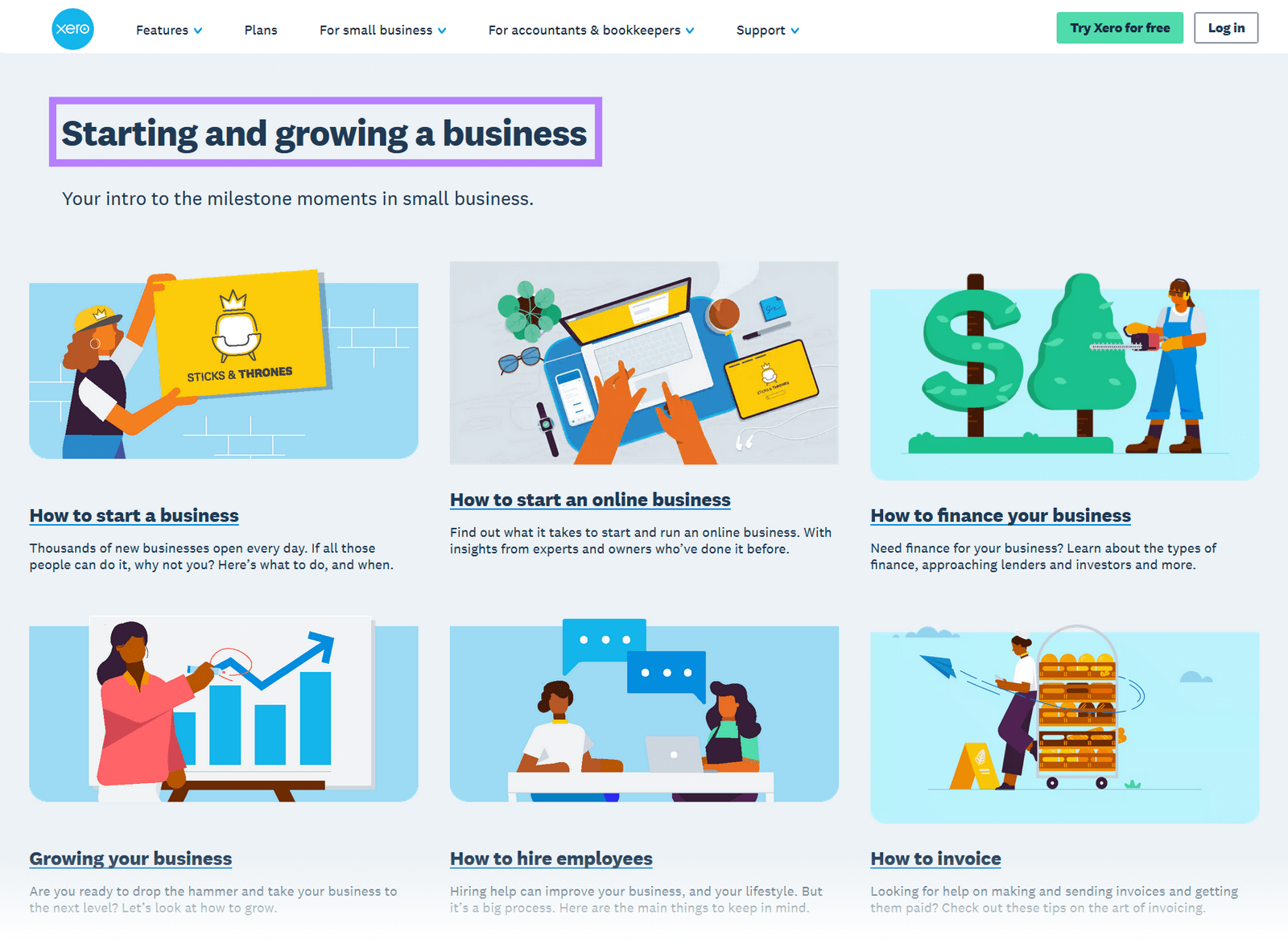
While touched upon in the SEO section, link building deserves its own mention as a proactive strategy to acquire backlinks, which are crucial for improving search rankings and driving referral traffic.
- Guest Blogging: Write and publish articles on other reputable websites in your industry. This gives you exposure to a new audience and allows you to include a backlink to your site in your author bio or within the content (if permitted).
- Broken Link Building: Find broken links on other websites (links that lead to a 404 error). Contact the website owner, inform them of the broken link, and suggest your relevant content as a replacement.
- Create Link-Worthy Content: Produce high-quality, original research, detailed guides, or unique data that other websites will naturally want to link to as a resource.
- Outreach: Manually reach out to website owners, bloggers, or journalists who might be interested in your content or have mentioned your brand without linking to it.
- List Your Business in Online Directories: Relevant, high-quality online directories and citation sites can provide valuable links and improve local search visibility.
Building high-quality backlinks requires effort and relationship building, but it’s essential for increasing your website’s authority and organic traffic potential.
Consistency and a Multi-Channel Approach
Learning how to increase website traffic is an ongoing process, not a one-time task. There’s no magic bullet; the most effective strategy involves a combination of the techniques outlined above, tailored to your specific business, audience, and resources.
- Be Patient: Organic growth through SEO and content marketing takes time, often months or even years to see significant results.
- Be Consistent: Regularly create and promote content, engage on social media, and monitor your analytics.
- Be Adaptable: The digital landscape is constantly changing. Stay updated on best practices and be willing to experiment and adjust your strategies based on what the data tells you.
- Focus on Quality: Whether it’s content, user experience, or the websites you seek backlinks from, prioritize quality over quantity.
By implementing a strategic mix of SEO, content marketing, social media engagement, potentially paid advertising, email marketing, and focusing on user experience and data analysis, you can significantly increase your website traffic, reach a wider audience, and achieve your online objectives. Start implementing these strategies today and watch your online visibility grow.
